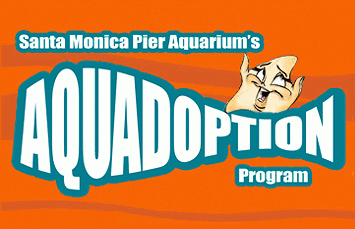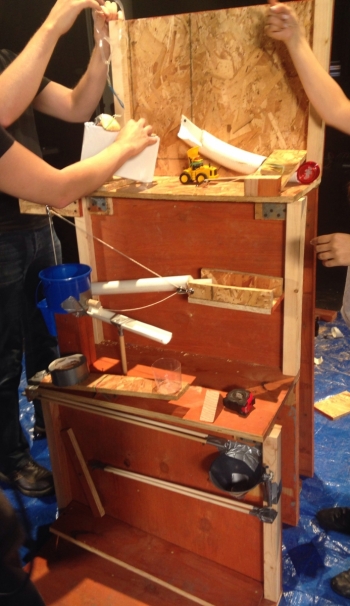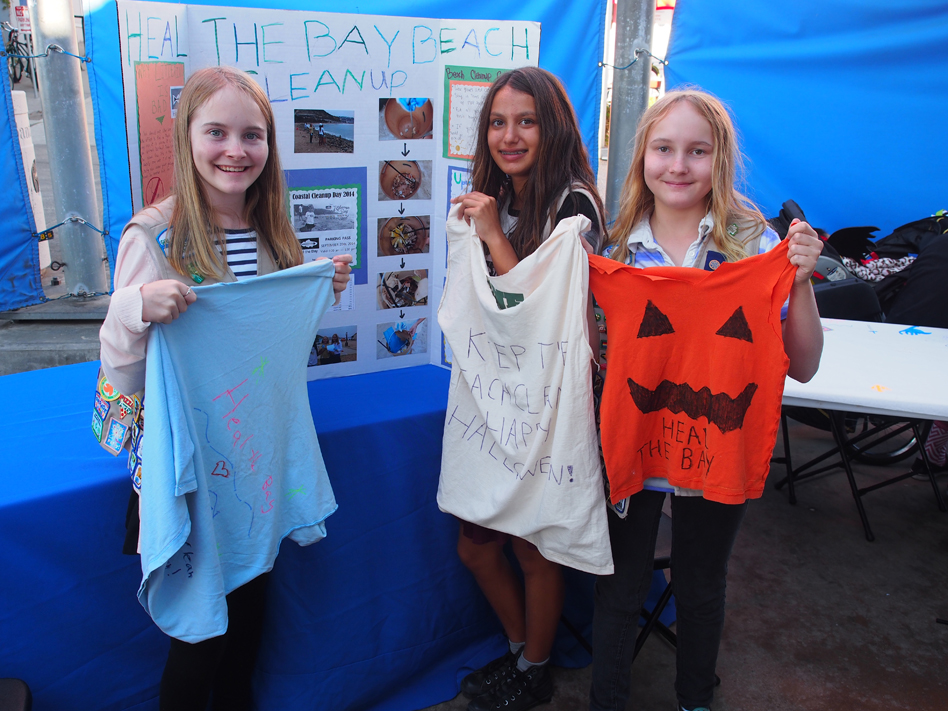The recent screening of the awesome new surf documentary, “A Wedge to Remember,” gave Heal the Bay and partners Surfrider and Keep Hermosa Hermosa a platform to discuss our fight against oil drilling in Hermosa Beach. Proceeds from the evening’s raffle will be put to good use to prevent a proposed slant-drilling project in Hermosa Beach. Thanks to Dive N Surf and Body Glove for donating the gear for the raffle.
Thank you to Pardee Properties – a real estate agency that truly walks the talk. Ten percent of their net proceeds from each sale are donated to their client’s charity of choice. We have been grateful recipients of this generosity to the tune of nearly $5,000 in 2014. And a big thanks to this Venice-based agency’s Heal the Bay-loving client base!
Heal the Bay’s lobby is looking very festive these days, thanks to a donation by Living Christmas. The company’s “elves” arrived last week with a seven-plus-foot potted tree.
And finally, we’ve said it before and we’ll say it again: we’re so proud of Brenton Spies, formerly a staff member at Heal the Bay’s Santa Monica Pier Aquarium and currently a research biologist and PhD student at UCLA. And now we thank him mightily for his $1,000 donation to the Aquarium. The funds will go towards developing wetland based curriculum and interactive activities to be used for education and public programs at the Aquarium. The donation is a component of his successful Kickstarter campaign, which will also fund a photographic documentation of threatened and endangered ecosystems along the California coast. We also look forward to using Spies’ photographs to enhance the Aquarium’s watershed exhibit in the Dorothy Green Room.









